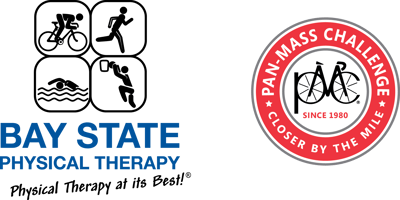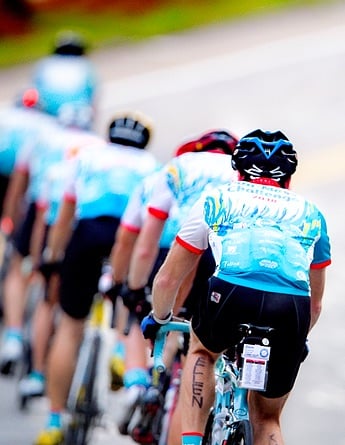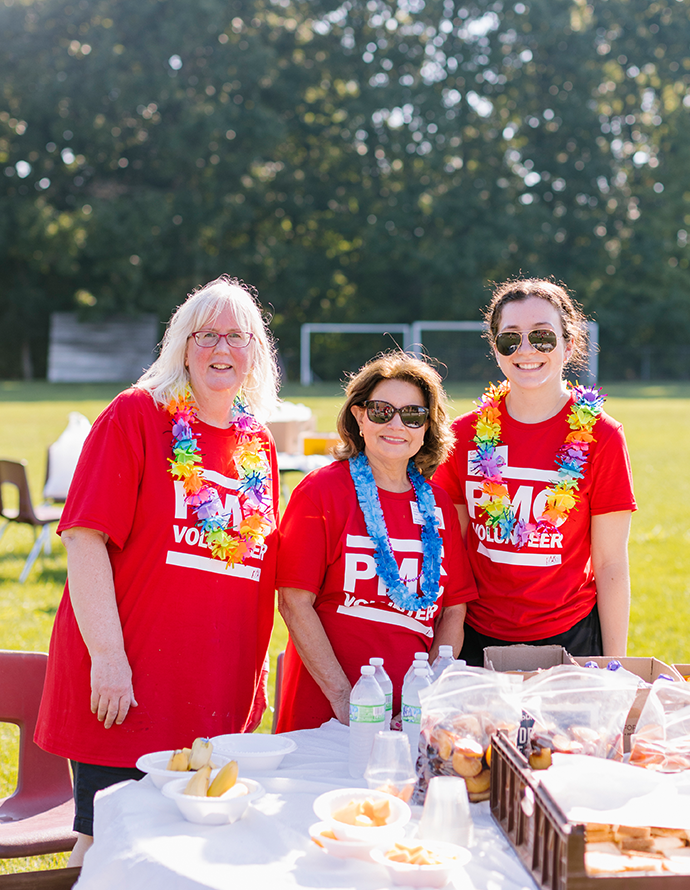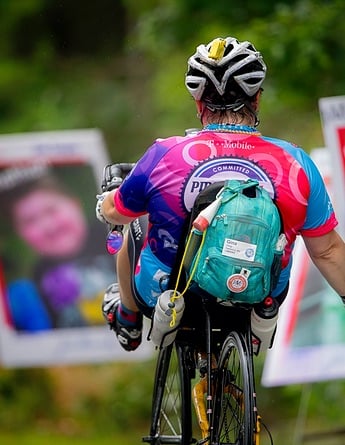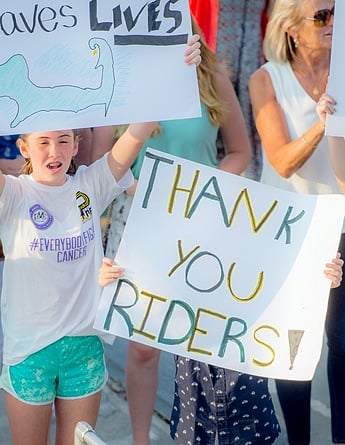Cycling and Your Knees: Looking out for Injuries
Is your training and distance riding resulting in pain? Approximately one-third of Americans will experience knee pain at some point in their lives, either due to injury or an underlying condition.
The National Institutes of Health recently published a study titled, “Potential factors associated with knee pain in cyclists: a systematic review.” This study analyzed several databases to determine the main limitations that cyclists face when sustaining knee pain. It stated that 14.8% - 33% of cyclists involved in long-duration pedaling will experience some sort of knee pain or injury.
Results of this study concluded that, “cyclists with overuse-related pain or injuries in their knees present an increased medial projection of their knees and an altered activation of the vastus medialis and vastus lateralis muscles.” Put in simpler terms, this means that the knee can become abnormally thrust inward, affecting the front and side thigh muscles. Essentially, this limits the muscles from being able to cycle at their optimum function, which can sometimes further aggravate an injury.
Fortunately, our physical therapy treatments at Bay State Physical Therapy can help to greatly reduce your knee pain. In many cases, it can even relieve it altogether, sparing you the need for medication or surgical intervention, which may leave you absent from your cycling for a prolonged period of time.
Common knee injuries:
Your knees are hinge joints that allow for the forward-and-backward motions within the joint.
The knee is one of the largest joints in your body, made up of a complex system of bones, tendons, and ligaments. Because of the intricate anatomy, the knee can be easily injured due to the overexertion and repetitive motions that avid cycling demands. Some common knee injuries that cyclists face include:
· Patellar tendinitis – Your tendons are thick connective tissues that attach muscles to bones. Tendinitis occurs when one or multiple tendons become inflamed. The patellar tendon, located in the knee, typically becomes inflamed through repetitive motions.
· Patellofemoral syndrome – This condition is also known as anterior knee pain syndrome. It is caused when the cartilage underneath the kneecap becomes stretched, torn, or otherwise damaged from injury or excessive overuse.
· Knee bursitis – Bursae are small fluid sacs that act as cushions outside of your joints. Knee bursitis occurs when the bursae in your knee becomes inflamed, limiting the ability for your tendons and ligaments to move smoothly over the joint.
How will I benefit from physical therapy?
Knee pain can be debilitating, making it difficult to walk, cycle, and move. Fortunately, physical therapy can get you cycling at your full potential once again by relieving your pain and enhancing your body’s natural healing process.
A physical therapist can examine your knee for signs of misalignment or structural damage, in addition to examining your stance, posture, gait, and range of motion. After an initial evaluation is complete, a physical therapist will develop a plan for you, aimed at relieving unnatural stresses and strains, and normalizing your joint function.
 Physical Therapy will help improve your movement patterns and provide you with proper conditioning exercises, in order to prevent further injury from occurring. As an athlete, conditioning is an important part of cycling. Conditioning and stretching allow you to train your body to perform in the ways you want it to, in addition to keeping you strong and limber. Your treatment plan will largely consist of targeted exercises and manual treatments; however, additional pain relief modalities may also be added as your physical therapist deems fit. These may include ice and heat therapies, massage therapy, or other soft tissue treatments that relieve pain and promote the healing of damaged knee tissues.
Physical Therapy will help improve your movement patterns and provide you with proper conditioning exercises, in order to prevent further injury from occurring. As an athlete, conditioning is an important part of cycling. Conditioning and stretching allow you to train your body to perform in the ways you want it to, in addition to keeping you strong and limber. Your treatment plan will largely consist of targeted exercises and manual treatments; however, additional pain relief modalities may also be added as your physical therapist deems fit. These may include ice and heat therapies, massage therapy, or other soft tissue treatments that relieve pain and promote the healing of damaged knee tissues.
If your training has been causing you knee pain, visit baystatept.com to find the most convenient location near you and to schedule a free injury screening with one of our physical therapists.
National Institutes of Health: “Potential factors associated with knee pain in cyclists: a systematic review.”
Guest blog post by Bay State Physical Therapy
